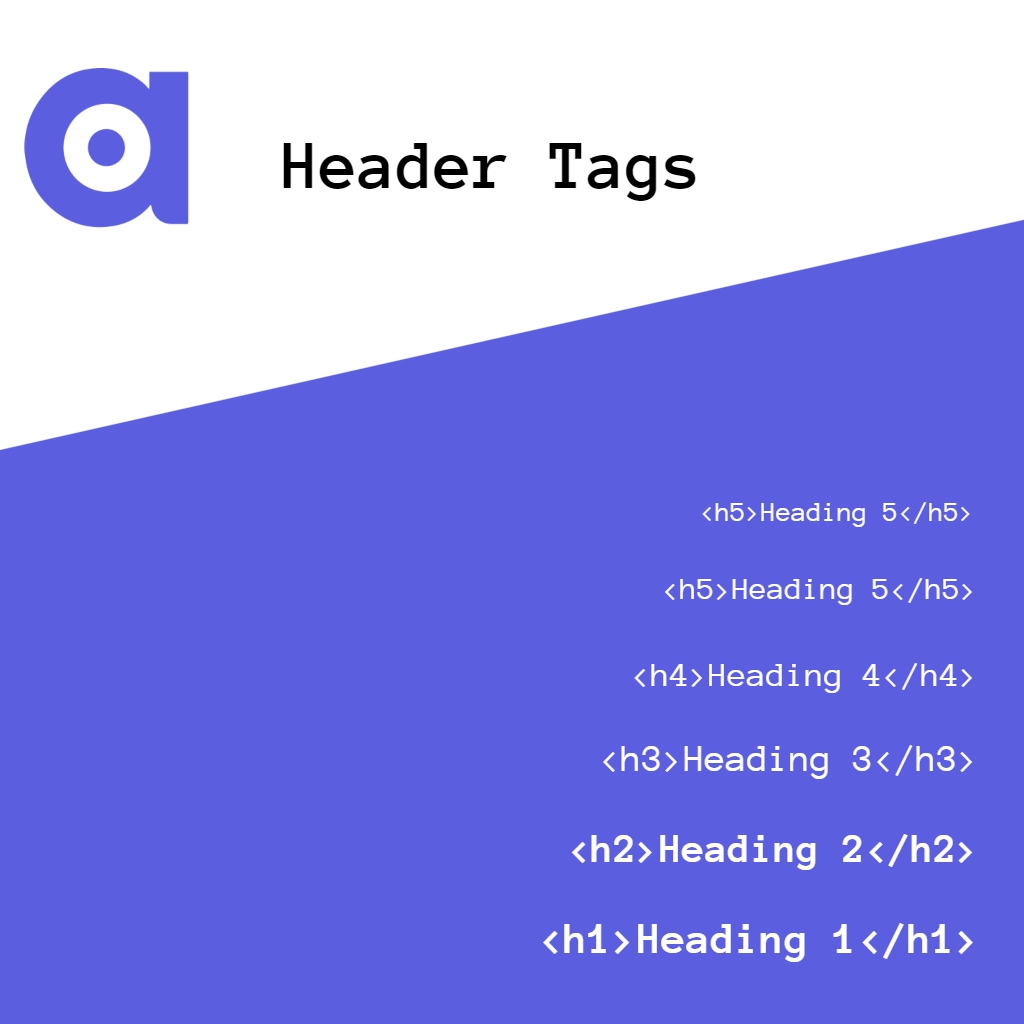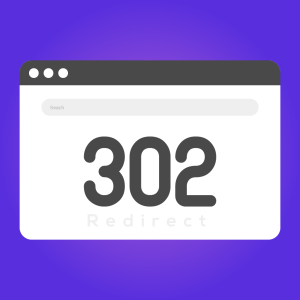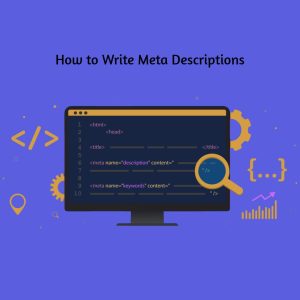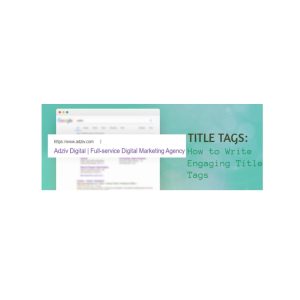Table of Content
Want to rank your website on search engines most preferably Google? The best and recommended thing is to plan search engine optimization to get good results. It is the best service that can bring organic and lasting results. SEO is not what you implement in a day, as it needs proper planning and time to implement the right techniques. On-page comes first in the process that covers so many technicalities including Meta titles, Meta descriptions, header tags, etc.
What Are Header Tags?
Header tags are the headings that SEO experts used in blog posts. Without using header tags, experts face a lot of challenges to beautify an optimized article. The ranking factor can’t be ignored, whereas header tags play a fantastic role in improving the visibility of your post. It comes in headings and subheadings to break up pages to make them easier to understand.
With these header tags, you provide assistance to your readers around the content. They develop a good understanding because of these headings and subheadings. Alongside title and description, header tags always play an essential role in setting up your optimization campaign. Your headings appear on top of the page which leaves a positive impression on your target audience.
It is a process of creating a format that inspires your target audience. Hence, you guide your visitors through content that speaks about your products and services. Without planning an effective content strategy, you can’t hit the right audience. Indeed, it becomes challenging for the experts to rank a website without a solid content plan. Make sure, you include headings and subheadings in your content to make it smoother and user-friendly.
The more you add headings, the more it becomes readable and catchy for the visitors. Hence, you break information using a smart content strategy that comes along with headings and subheadings. The headings tags start from H1 to H6. It comes in a hierarchy structure that improves the clarity of your content, even you can improve user experience and navigation through these header tags.
How Header Tags Are Beneficial for a Website?
Header tags offer tremendous benefits to your business. If you have a website and looking to offer tremendous benefits to your business. If you have a website and want its promotion, you have no other choice except to do search engine optimization.
For this, you speak to consultants that help you with content management and techniques that work for improving the ranking of your website. Among all strategies, the uses of H1 tags do great work for enhancing the online visibility of your post. Let’s take a look at some benefits!
Your content becomes readable
The top advantage is to improve the readability of your content. With the regular use of H1 tags, you always provide instructions to your audience around quality content. It improves user experience and readers come and spend good reading time on your web page. Website headings should come at the top of the page to facilitate users about your services.
You spread information through this content strategy that becomes easier through heading tags. Furthermore, search engine spiders and bots crawl your content quickly due to the efficient use of H1 tags. Your results appear quickly, so it’s an advantage that you should always keep in mind.
Your keywords rank faster
Other than improving the readability, you also improve your keywords ranking. Your keywords stand at the top positions with the smart use of H1 tags in your post. Of course, you insert keywords in your tags that improve the online visibility when search engine bots go through these phrases under H1 tags. However, the headings and subheadings become prominent when you include keywords that boost the rankings.
Tips to Write Catchy Heading Tags
Headings always play an essential role in improving the ranking of your website. Unfortunately, many users take headings and subheadings for granted. They don’t know the importance of using headings tags in SEO-friendly posts. Let’s explore some mind-blowing tips to write catchy heading tags!
Use searched based headings
The first and foremost thing is to use searched based headings in your content. Search intent matters a lot for using headings and subheadings. You being a searcher always find relevant keywords based on a competitor’s analysis. SEO is a technical process that requires complete understanding and knowledge. Further, you need to work with specialists to get the job done.
Always find keywords that have the potential to rank faster. An expert has to play with the mind of users by doing great research. However, keyword searching is what improves the worth of your business. If you are an expert, you must know the art of doing research. You can bring an improvement in your search results using keywords.
Make sure, you do research keeping in mind the taste of your users. Without knowing your audience, you can’t do authentic research. You can’t copy the idea of others, as the best is to write your own headings to drive decent traffic. Everything depends on the research that you do for your customers. However, content makes sense when you do great research.
Don’t stuff keywords in your heading tags
Once you are done with the research process, the most important thing is to think about the keywords. For this, you should not stuff keywords in your H1 tag. Your headings should have a touch of keywords, but don’t overstuff them. Being a researcher and specialist, your job is to add keywords that you can easily index.
No doubt, keyword stuffing can ruin your campaign. The most recommended thing is to improve the research process by deeply analyzing the keywords. But avoid stuffing your phrases to leave a lasting impact on your visitors.
Furthermore, you can enhance your tags that may go up to H6. Headlines attract visitors. It is one of the smartest ways to drive results. The most important thing is to write comprehensive headlines to boost your rankings.
Use the H1 tag only once
H1 tags should be used once on the web page. You can’t use these tags more than one time on a web page. It comes at the top of the page and the rest of the headings are known as subheadings. The H1 is your main heading, so never ignore it on the web page.
Furthermore, you use multiple heading tags to complete the story of your page. For creating the best headings tags, use H1 only once to boost rankings and traffic to your page. It is the instruction you have to follow to make a difference in search engine results.
Write eye-catching headings
If you want to rank your website, create eye-catching headlines to inspire your target audience. It will also boost rankings when you drive more traffic through catchy headlines. H1 Tag plays a key role in optimizing your web page, especially when you write comprehensive and to-the-point headings. Further, you must also pay attention to the H1, H2, H3, and so on for leaving a nice impact on visitors. Also, it improves search visibility and readability.
Conclusion
As expressed above, H1 tags are useful for improving your web page’s readability and visibility. Make sure, you use compact and comprehensive heading tags to guide your visitors around the products and services you wish to promote and rank. It is how you boost your web pages after using relevant and compact heading tags. The most important thing is to make clear subheadings and avoid using the H1 tag more than one time.






